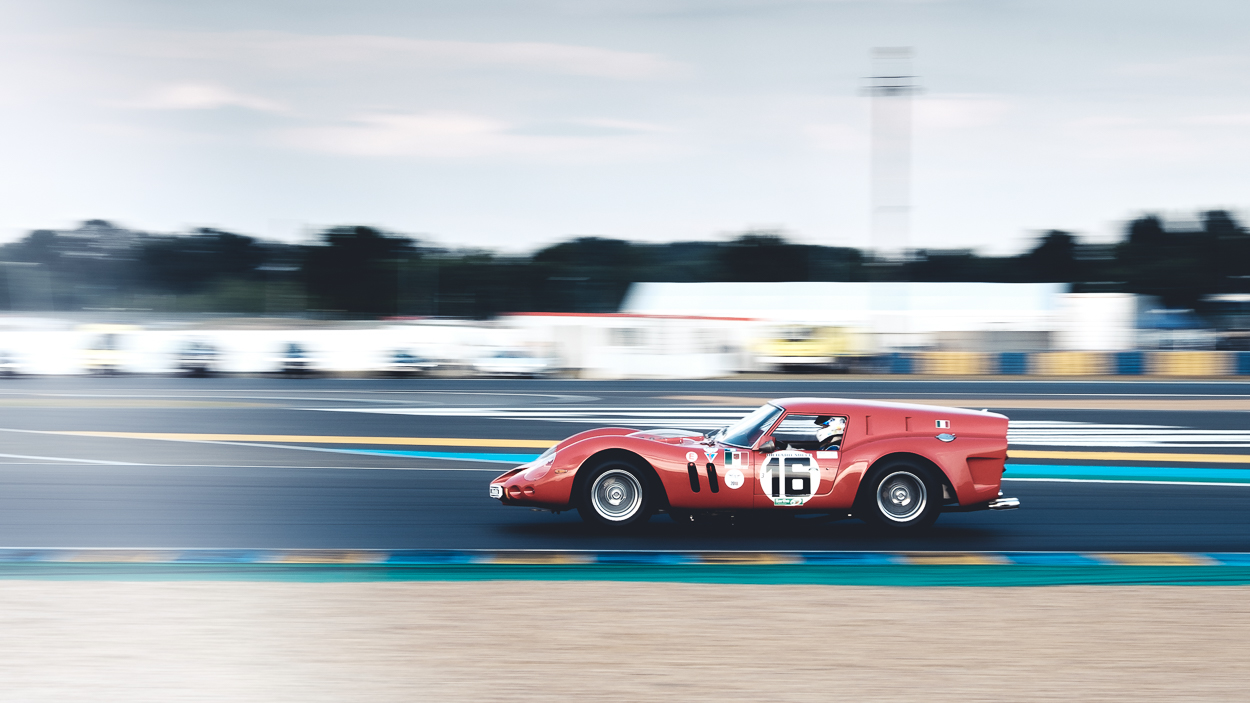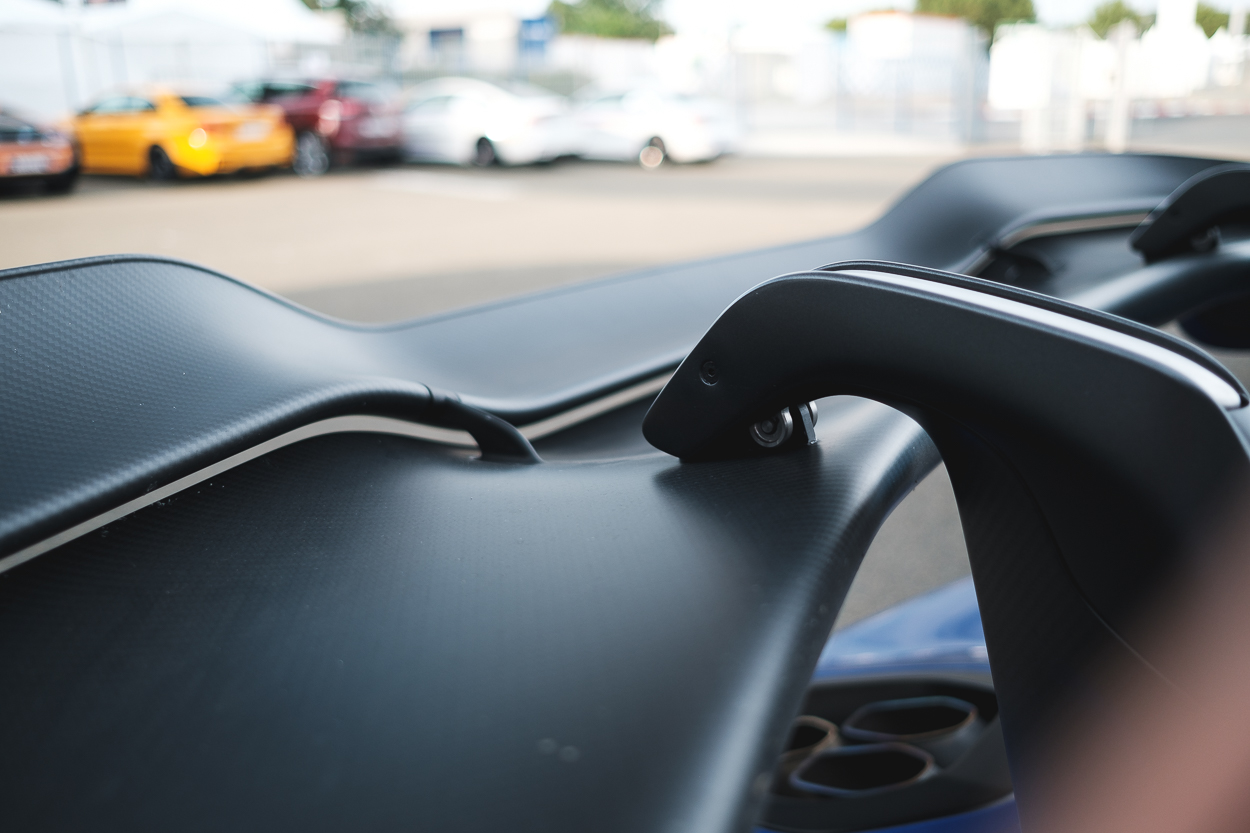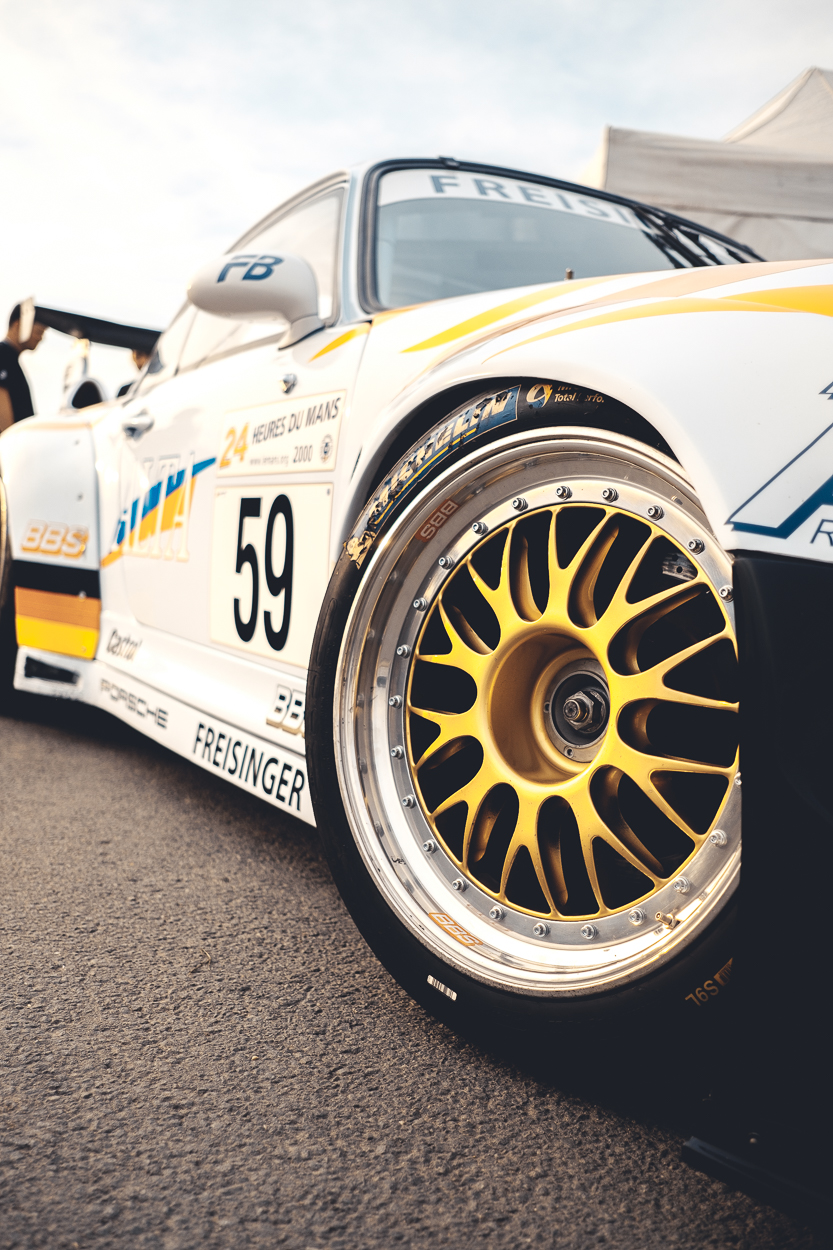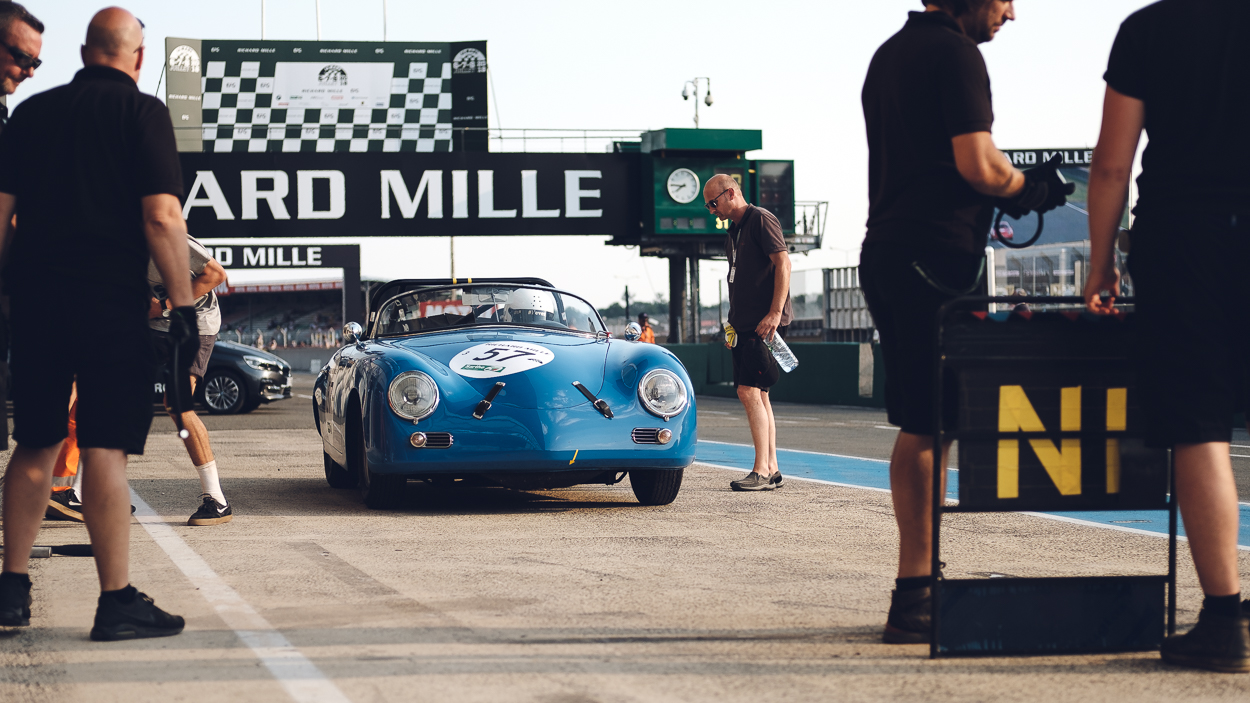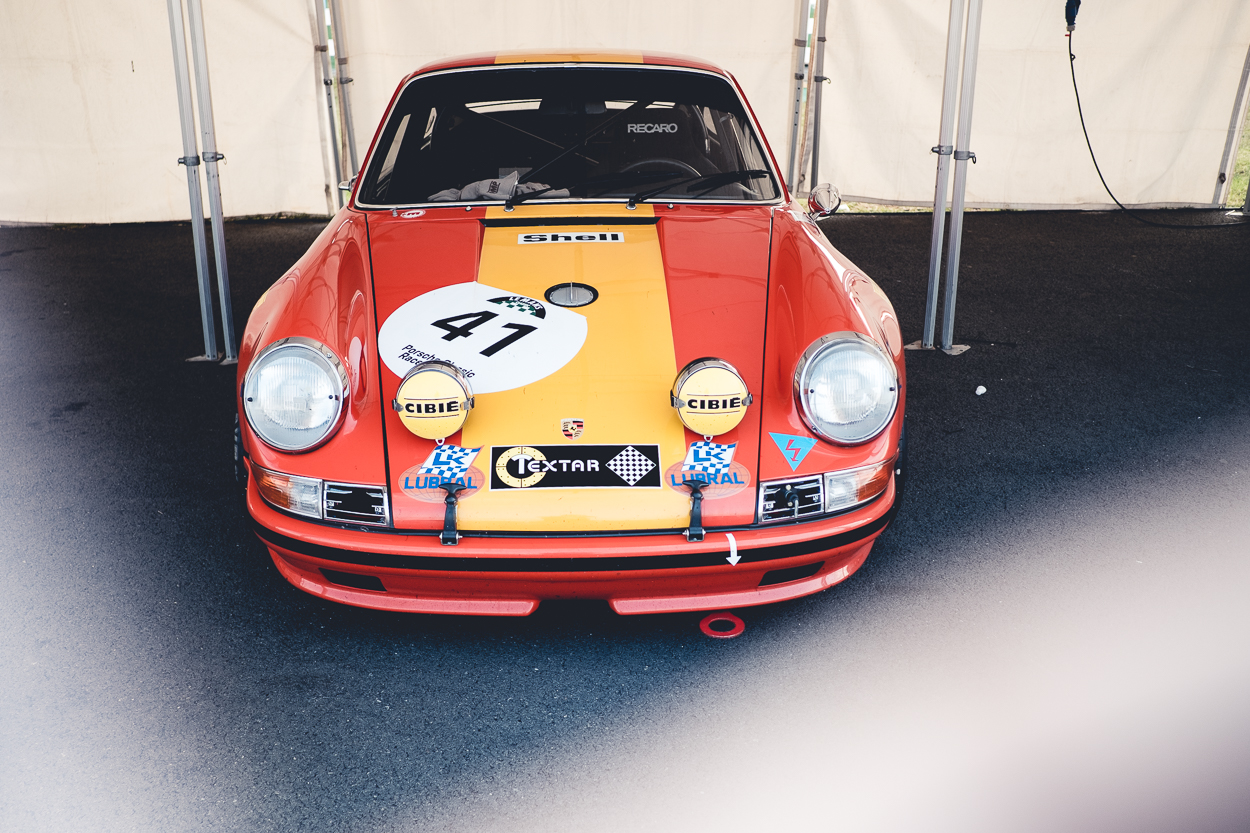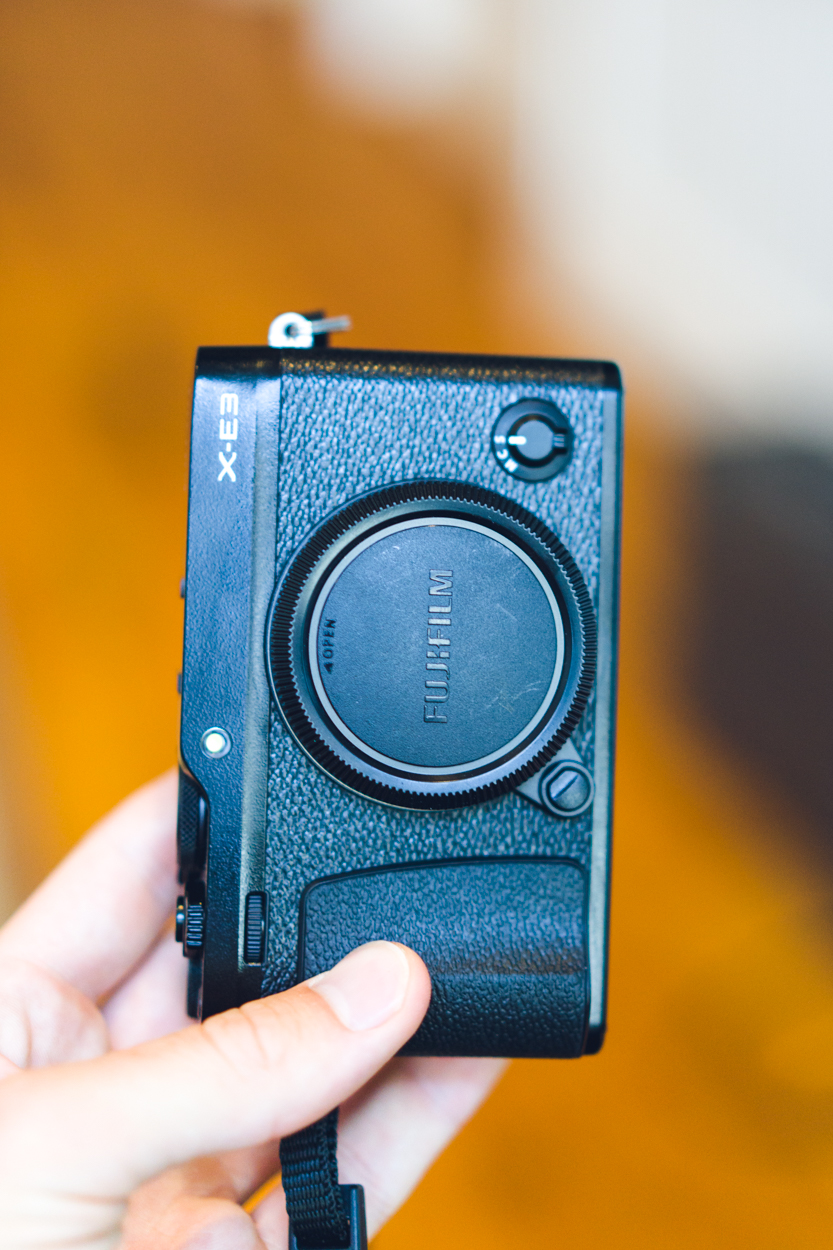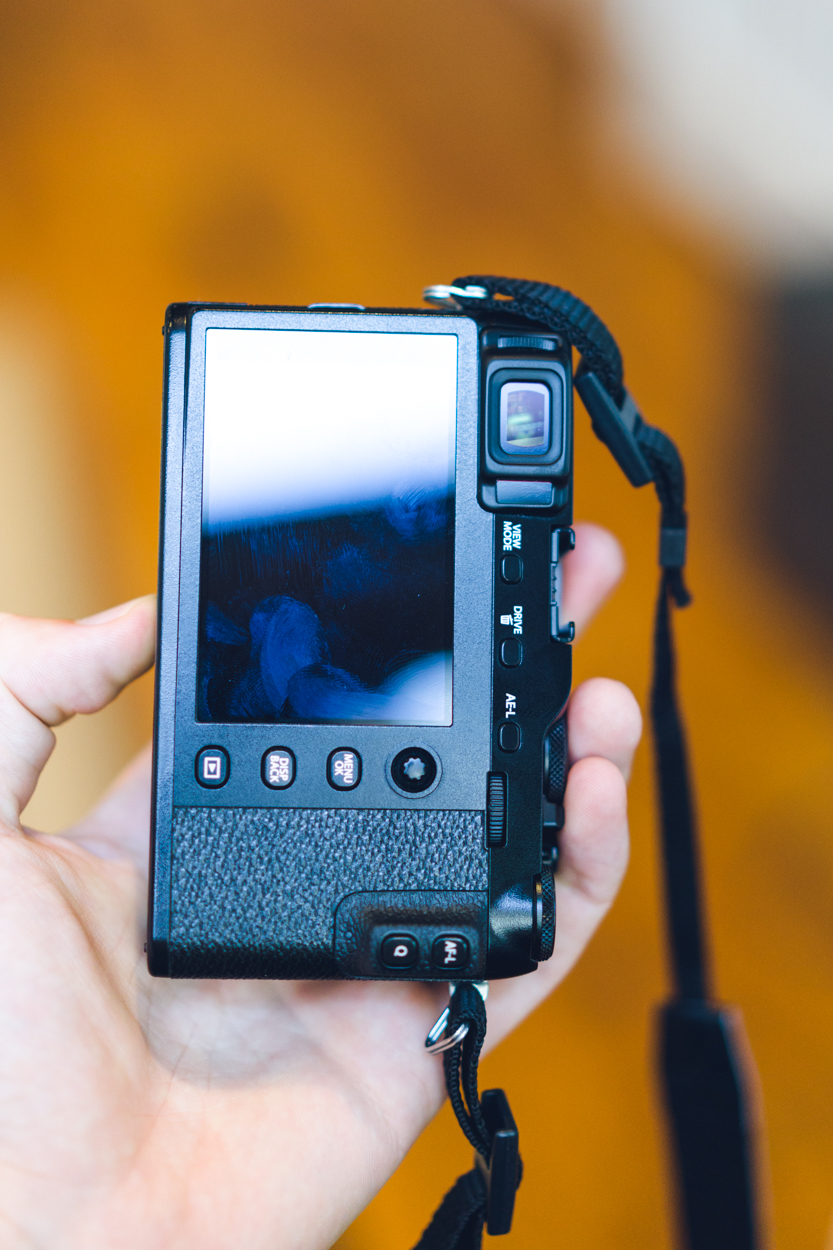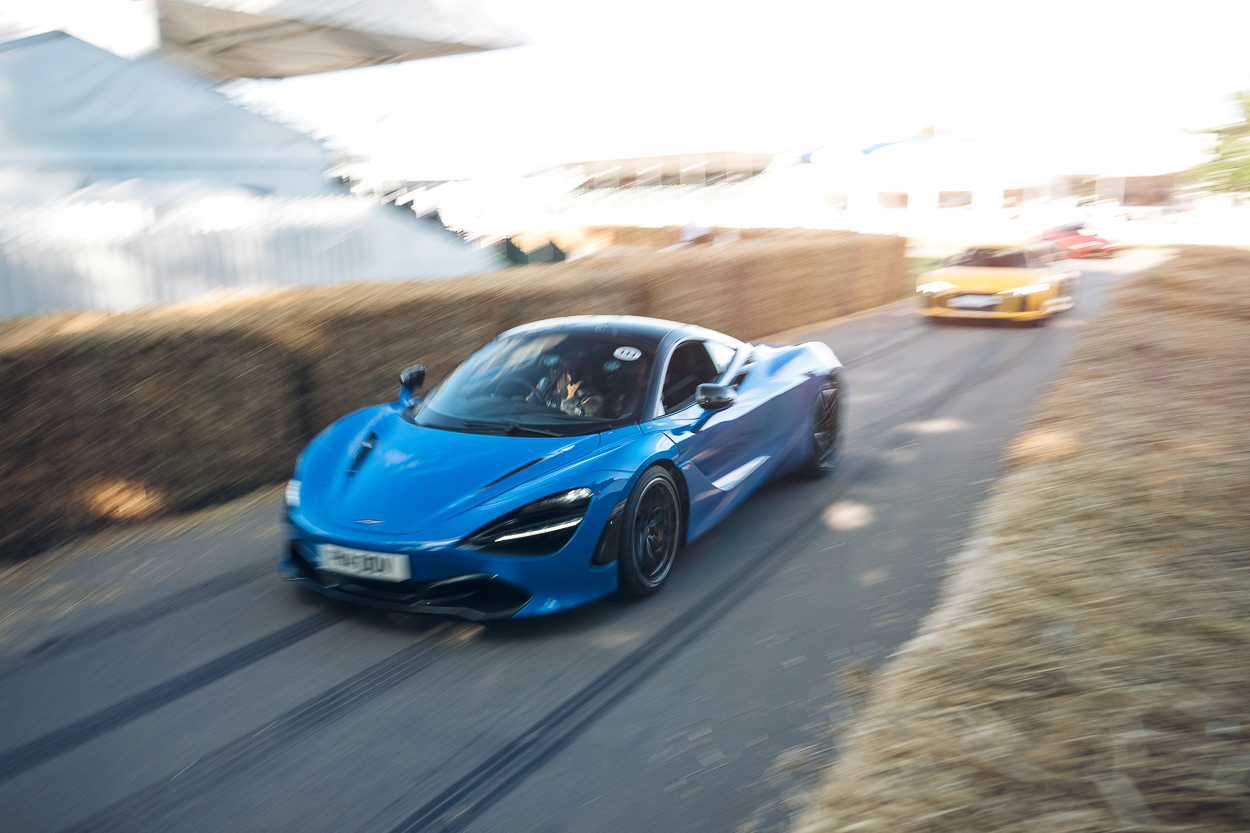Audi lent me a R8 V10 RWS, a 540hp RWD R8 for a week so I took it up to Norfolk and here are my thoughts.
Review
Fuji X-E3 Review
Fuji UK were kind enough to lend me an X-E3 to test out for 2 weeks. I'd asked them to send me one as the idea of a smaller camera that's a bit lighter seems quite appealing these days.
My test ground was Le Mans Classic as a camera to carry around when I wasn't carrying around my more serious Sony Gear (A9 with heavy lenses). Right off the bat I noticed how light this setup was going to be. The Fuji with a 35mm ish lens on it was about half the weight of similar on the A9.
i haven't used a Fuji camera for some time and the menu system was a bit complicated at the start but after some playing around I managed to get the camera set up how I wanted and learnt that most things you need to change can be changed via the Quick (Q) menu.
Once I'd set up the camera it was extremely easy to just get on with shooting. I don't often shoot with the screen on the back of the camera but with something so light I used this functionality quite a bit using the touch screen to set the focus point before composing the shot. The viewfinder was decent as such that I never noticed it getting in the way of me taking photos. I'm very used to mirrorless systems now and a digital viewfinder just makes getting the right exposure so easy. Having an exposure compensation dial on the top of the camera makes adjustments nice and quick. The dials for aperture on the lens and shutter speed on the top of the camera are a really nice feature and definitely help make the shooting experience feel more analog. I find some small digital cameras make you use the menu system all the time and it really slows you down.
Autofocus: The camera was very responsive and in single shot mode I didn't have any problems. In continuous focus mode it was a bit slower to react but was good enough to enable me to capture most of the shots I needed. I wouldn't go for this camera if you NEED fast continuous autofocus under challenging conditions (but then again you would need to be looking at much more expensive cameras and systems).
Conclusion: For the price (£799 last time I checked) I think you get an amazing small camera that would be a perfect carry around. Couple it with a light fuji prime and for around £1k you have something capable of delivering amazing results. I'm really very tempted to pick one up myself (my only reservation is I have a lot of Sony glass so something from the same family might make more sense). I shot with the 23/35/50mm F2 fuji lenses which were so light it's crazy. I'd love to try out the f1.4 versions as I believe they are also quite small.
I Switched From The Canon 1DX MKii To The Sony A9
in Automotive Photography, Gear, Review, Sony
I was a Canon guy for an exceptionally long time. My first DSLR was a 40D way back (12 years or so). Over the years I continued down that line with no real reason to change. Canon made the best cameras and had an exceptional line-up of lenses. This was a bit of a self-fulfilling prophecy because the more lenses I bought the more I got “Stuck” in the Canon system. As time went by I upgraded to a 7D and then added a 5DMkiii a few years later relegating the 7D to backup duties. I’m a bit of a techie so when mirrorless cameras started to appear on the market offering a completely different take on the norm I started to pay attention. I wasn’t ready to switch yet but as the full frame bodies started to appear my interest grew.
My first test into the mirrorless world was a Fuji X100s that I bought as my personal everyday camera thinking a fixed lens and smaller format would be the way to go. After a few months I found I never really used the camera and ended up selling it (don’t think I was really ready for fixed primes at that point). Fast forward a few months and I picked up a Sony A7s with the view of using some of my existing Canon lenses. Now whilst they do “work” on an A7s the focusing wasn’t really responsive or useable in my opinion so I started to pick up a couple of Sony lenses (first was the 24-70mm f4). Armed with a few Sony lenses you really start to appreciate some of the features that are included in the camera (eye focus etc). This little combo followed me around for quite some time. Fast forward a year or so and the A7s is replaced by an A7rii with the new focusing system. The new phase detection system allowed much better integration with Canon lenses and lead me to start using the A7rii and its greater detail for static shoots. Something I came across in these initial days was clients asking me why I was using a small consumer camera rather than a “Pro” camera. As the years have gone by this perception seems to have changed as the Alpha line has gained popularity (you’d also like to think people would look at your output rather than your gear).
McLaren 720s at Goodwood
During this time the Sony gear started to get under my skin a little bit. Features such as wifi trasfer and charging via USB, the latter whilst sounding small meant that I never had to carry a battery charger around as I always have power sources nearby. Not a massive issue with the 5D but when I got the 1DXMkii both the batteries and the chargers are GINOURMOUS. If you’re trying to travel light the charger alone takes up half your hand luggage. At this point I was running 2 Canon cameras for most of my travel work (5Diii and 1DX MKii) with the Sony along for some filming and set shots.
The announcement of the A9 was like the stars aligning. All of the features I missed from the Canon cameras had suddenly been put into the Sony, small things such as a joystick for moving focus points and a bigger battery were the features that pushed me over the edge. I figured this was the time to potentially jump ship and go “full Sony”. I ordered an A9 (on 0% finance) to give myself some time to make the transition without having to stump up the full cash in 1 go. This allowed me to run the A9 for a few weeks with the Sony 24-70 f2.8 and 70-200 to see if I was converted. A few days in and it was clear. The reduction in size and weight (the lenses are the same weight but the size difference of the bodies and chargers is massive) alone made the switch permanent. A month later again and most of my Canon lenses had gone along with the 1DxMkii enabling me to pay off most of the A9 and Sony Gear.
BAC Mono in Norway
Fast forward 9 months of usage with the A9 and I’m converted. The biggest thing that I never even considered is the lack of noise. The A9 makes NO NOISE….None…Zero…Zilch. At first it’s an odd feeling, you’re taking pictures and not even sure anything is happening but over time you start to realise that you can shrink into the shadows a bit. You can be in a room taking photos and there is no interruption. Gone are the days of Clack Clack Clack ruining video footage or a talk. My youtube buddies will actually stand next to me when I’m taking photos without getting annoyed that I’m ruining their footage (this is a minor thing but video guys really do get annoyed at photographers, think feature film photography or weddings). If you want to read about the specs I’ll give you the best bits (for the rest there is google). This thing is FAST..20fps with autofocus and exposure metering. That’s almost too fast, I regularly knock it back down to 10fps for motion work. The quality is brilliant; you can shoot basically in the dark. It’s small. You can charge it via USB. I can ping photos to my phone in seconds to share or backup (I regularly send my whole shoot to my phone to backup on the go via dropbox). The battery lasts long enough. That’s about it really.
Nico Rosberg and Shmee150 in the AMG GTR
I wouldn’t say I’m a “Sony Guy” now, I’m not stuck to any brand. For me cameras are tools to do a job and I’m always looking for the next innovation to enable me to do things that were previously impossible. Less is more, if I could do my job from an iPhone I would. Until then, for now, I shoot Sony.
GT3 Tour

